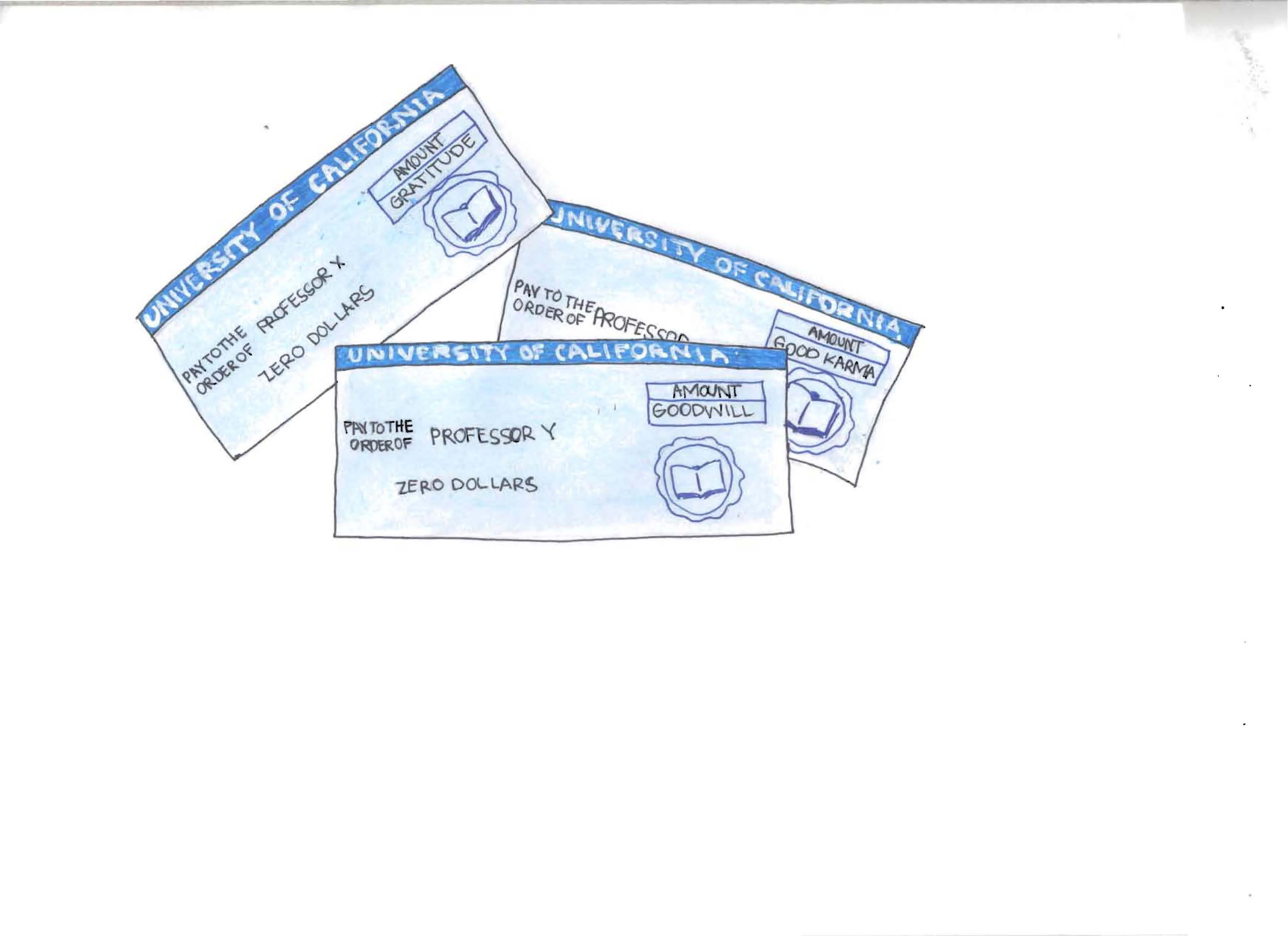During this winter break, UCLA found itself in another ranking ““ this time on Kiplinger’s Personal Finance magazine’s Best Values in Public Colleges. UCLA was ranked America’s ninth best bargain for public colleges and two other UC schools found a place in the top 10.
It may come as a surprise to members of the Occupy movement and other student protesters that a reputable magazine still finds three UCs to remain top 10 “bargains.” Even in September of last year, the editorial board at the San Francisco Chronicle went so far as to say the exact opposite ““ the University of California is no longer a bargain after the increased tuition.
Coming from South Carolina, I had the option of going to a state school at virtually no cost. But with the miracle of my admission to UCLA along with various grants, scholarships, jobs, loans and the ultimate generosity of my extended family, I have financed my education with an unwillingness to forego the chance to attend this incredible institution.
The state of UCLA is much more complicated than this superficial ranking. And depending on your definition of “bargain,” you may agree or disagree with this study.
It is easy to say that education should be free. Education is inherently a public good and has been proven historically to be of substantial benefit. However, when comparing education to other civil liberties ““ the likes of free speech and freedom of religion ““ the definition of “free” becomes muddled.
We are free to educate ourselves through our own initiative but once we start asking for someone else’s services to teach us directly, there is an implied cost. Bottom line, public education is not necessarily free because someone still has to foot the bill and pay for your education.
The cost of attending a university is actually higher than what students are paying because they are so labor intensive, said Susanne Lohmann, professor of political science.
So in that respect, UCLA still remains a “bargain,” even with the increased tuition. But to truly ascertain the deal we are getting here, it is essential that we know where “fee” dollars are going ““ something that is not currently available to students.
Student contributions have now surpassed those of the state, which is hard to believe when the UC was once free for California residents. However tragic that is, it is our reality and cannot entirely, if at all, be blamed on California taxpayers.
There are now countless scholarship opportunities available at UCLA ““ the Blue and Gold Opportunity Plan now awards all California students with a family income of $80,000 or less full tuition to UCLA. And, ultimately, student loans are available for all other expenses.
While loans may seem dangerous and many fear the next financial crises to be caused by student debt, the available credit is an essential tool for students that are able to obtain degrees and the jobs that will allow them to repay the debts and set themselves up for future prosperity.
Now that students have the responsibility of paying for their education, it is essential that students require our regents to be more democratic and inclusive to students and professors in their decision-making process. With our increasing contribution to tuition, it is now our right to question administrative pay and construction ventures when tuition increases are on the line.
The UC budget is not transparent and students do not know where their money is going, said Rahim Kurwa, a graduate student in sociology.
University students are still on average making more money than those without a college degree. For me and others, there were cheaper alternatives to UCLA, but few that could offer the resources and intellectual pursuits of UCLA. Only eight public colleges are better bargains according to Kiplinger’s report.
But we cannot harp on these rankings. In order to maintain the integrity of this institution, it must adjust its funding model because the state has proven to be an unreliable source for funding. As students being taught to be autonomous, free-thinking individuals and with higher costs of attendance, this lesson is even more necessary.
Students are in a tougher position than ever and the University of California as an institution needs to be more inclusive and democratic by allowing more student and professor representatives to ensure the money we are now paying out of our pockets is directly benefitting us and our professors.
We must continue to find ways to finance our education creatively because now the pressure is on us to pay. And ultimately as a generation, I believe we will benefit from these challenges. Unlike those before us that may have gotten a free ride, it is in our agency to propel ourselves forward.
Are you up for the challenge? Email Ugarte at rugarte@media.ucla.edu. Send general comments to opinion@media.ucla.edu.
